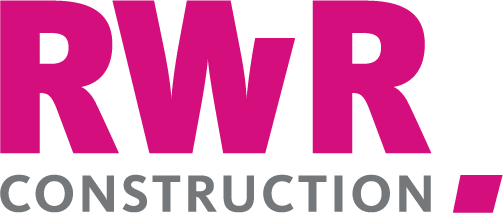The Hidden Costs of Employee Turnover and How to Mitigate Them
The Hidden Costs of Employee Turnover
Employee turnover is more than just a challenge—it's a significant cost to businesses that often goes uncalculated. While many companies focus on the expenses associated with recruiting and training new hires, the true cost of losing an employee is far more complex. For businesses in the construction industry, where expertise and experience are critical, understanding and addressing these costs is essential.
The Financial Impact of Employee Turnover
Replacing an employee isn’t just about hiring a new one; it's about the total cost involved in the process. In the U.S., businesses spend between 50% to 60% of an employee’s annual salary to find a replacement. In some cases, this can even reach up to 200%. The situation is no different in New Zealand, where employee turnover has cost businesses a staggering $3.8 billion over a 12-month period.
These numbers underline a critical point: high employee turnover is an expensive problem that spans industries. From lost productivity to the impact on company culture, the hidden costs of turnover can significantly affect a business’s bottom line.
Key Reasons Behind High Employee Turnover
Understanding why employees leave is crucial in mitigating turnover. Studies show that the first 45 days of employment are the most critical, with up to 20% of new hires leaving during this period. The reasons for this early departure are varied:
- Mismatch of Expectations: Often, the job is oversold during recruitment, leading to disappointment.
- Poor Onboarding: An ineffective onboarding process can shake a new hire's confidence in the company.
- Lack of Clarity: Unclear job duties and expectations can leave employees feeling lost and unsupported.
- Management Issues: Poor management, including micromanaging or unprepared managers, is a common reason employees leave.
- Limited Growth Opportunities: Employees need to see a clear path for growth within the company.
- Infrequent Feedback: Regular check-ins are essential to keep employees engaged and aligned with company goals.
- Rigid Workplace Policies: A lack of work-life balance or a hostile work environment can drive employees away.
- Inadequate Support: Employees need to feel supported by their organization, both personally and professionally.
Even beyond the initial phase, turnover remains a risk, with nearly a quarter of new employees leaving within their first year. This highlights the importance of consistent and long-term engagement from both HR and management.
Breaking Down the Costs of Turnover
The costs associated with turnover can be categorized into six main areas:
- Replacement Time: It can take 8-12 weeks to replace a knowledge worker and even longer for more senior roles. During this time, productivity suffers.
- Training Costs: Training new hires is costly, involving not just the trainee but also the trainer and their manager, often the company’s most efficient employees.
- Lost Productivity: Frequent turnover negatively impacts morale and productivity, with new hires taking 6 to 9 months to reach full productivity.
- Cultural Impact: High turnover can erode company culture and lower morale, affecting how long remaining employees plan to stay.
- Higher Costs for External Hires: External hires often demand higher salaries, which can create wage disparities within the company.
- Client Relationship Impact: High turnover can disrupt client relationships, leading to lost business and compromised timelines.
Steps to Reduce Employee Turnover
Reducing turnover begins with recognizing its full cost. By aligning turnover issues with business metrics, companies can better understand the impact and take action.
Step 1: Awareness and Alignment
Educate your team about the costs of turnover and ensure that these are tied to real business metrics. This will foster a sense of responsibility to hire well and retain employees.
Step 2: Build a Strong Onboarding Program
An effective onboarding program is key to employee retention. Make sure new hires feel welcomed and supported from the moment they sign their contract through their first six months.
Step 3: Innovate and Automate
Consider implementing an automated onboarding process to streamline administration and ensure consistency in how new employees are integrated into your organization.
Step 4. Exit Interviews Seek to understand why employees are leaving your business, collate the data and look for common themes, address any issues to reduce staff turnover.
By focusing on these areas, you can mitigate the hidden costs of employee turnover, creating a more stable and productive workforce.
Have you seen our Ultimate Recruitment Guide?
Data Source: https://action.deloitte.com/







Homegrown across New Zealand & Australia since 2001, RWR Group provides dedicated channel specific recruitment services. With 22 specialist recruitment agencies that consist of Retailworld Resourcing, RWR Executive Search, Hospoworld Resourcing, RWR Health and RWR Construction.
RWR Construction | All Rights Reserved 2024 | Privacy Policy | Sitemap





